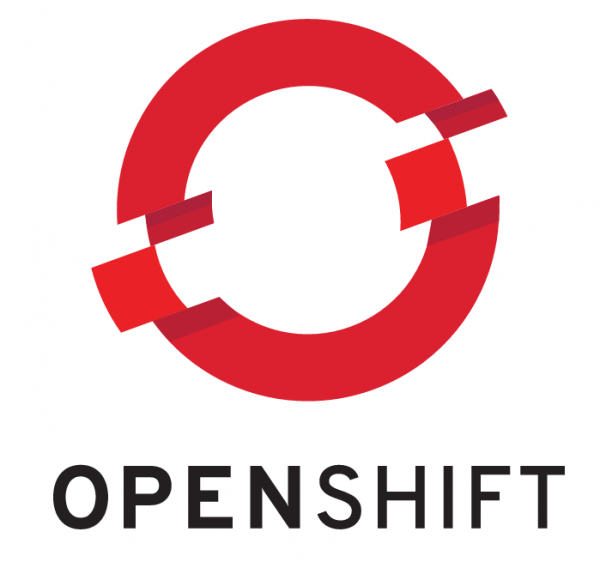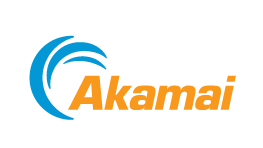
Open-source bigwig Red Hat is eyeing the red-hot cloud computing market with OpenShift, an open source application platform in the cloud that lets enterprises deploy applications quickly.
The platform-as-a-service, or PaaS, supports apps written in slew of programming languages such as Ruby, Python, PHP, Perl, and of course, Java. It can also be extended to support other languages such as Cobol, which is widely used in mainframe applications.
“The idea behind OpenShift is to allow people to write apps quickly without having to set up servers,” said Harish Pillay, chief technology architect at Red Hat Asia-Pacific, in an interview with Techgoondu.
OpenShift is hosted on Amazon Web Services and is available in two tiers. The free tier, FreeShift, comes with three gears comprising different memory and disk configurations. More gears can be added if an app requires more resources, but that means you would have to subscribe to Megashift, the paid tier at US$42 per month that offers up to 16 gears.
A key feature of OpenShift is its ability to automatically “scale up”, or increase the number of gears to meet any surge in demand for your app. So, if you’re reaching 90 percent of your peak capacity, another gear will be added. If demand falls to 50 percent of your peak capacity for several minutes, a gear is removed.
As an open source project, Pillay said, the source codes for OpenShift are also free for download. That means developers can run a copy of OpenShift on their own machines and move it to the cloud and back whenever they want. “There’s no lock in, and that’s our mantra,” Pillay said.
Pillay noted that adoption of PaaS is still in its infancy. “PaaS represents a change in approach and will work best in new projects. If you have a plan on what needs to be in place such as security and access controls when you move to the cloud, then this becomes easier,” he said.
Besides enterprises, cloud service providers can also tap on OpenShift to provide PaaS services for developers. As cloud suppliers typically prefer open source products that can be customised to their own needs, OpenShift gives Red Hat an advantage over similar offerings from IBM and Oracle.
Red Hat, however, is not the only player in the open-source PaaS market. VMware’s Cloud Foundry has been gaining traction among developers since its launch last April. To better compete with other PaaS players, VMware is reportedly planning to spin off its Cloud Foundry business and parent company EMC’s GreenPlum assets into a separate company.
According to IDC, the worldwide public PaaS market is expected to grow at a compound annual growth rate of 32.3 percent to reach US$9.1 billion by 2015, from US$2.2 billion in 2010.






